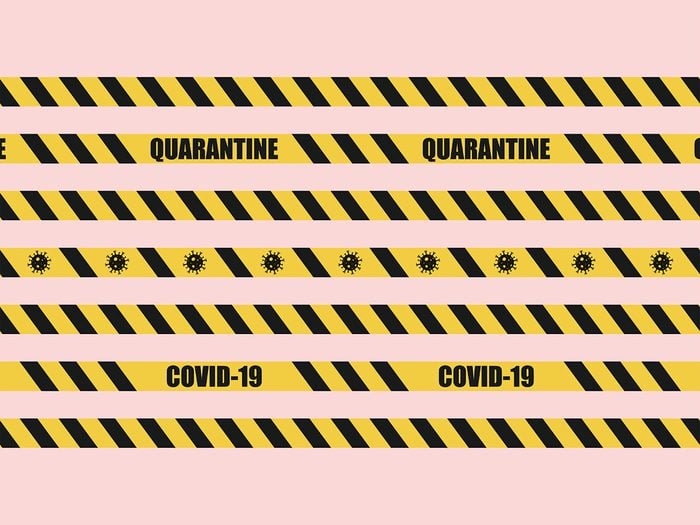
Reopening During Covid-19
As stores across Canada start opening up—whether with curbside pickup or limiting the number of customers inside at one time—we’re starting to see the world slowly going back to the way we knew it. So, to keep you and everyone around you safe, we spoke with David S. Finn, MD at Massachusetts General Hospital, who’s able to provide insight into how the next few months may look, how we can keep ourselves safe, and what actions business owners should take to help stop the spread of coronavirus.
(Also, check out the answers to your quirky questions about the coronavirus pandemic.)
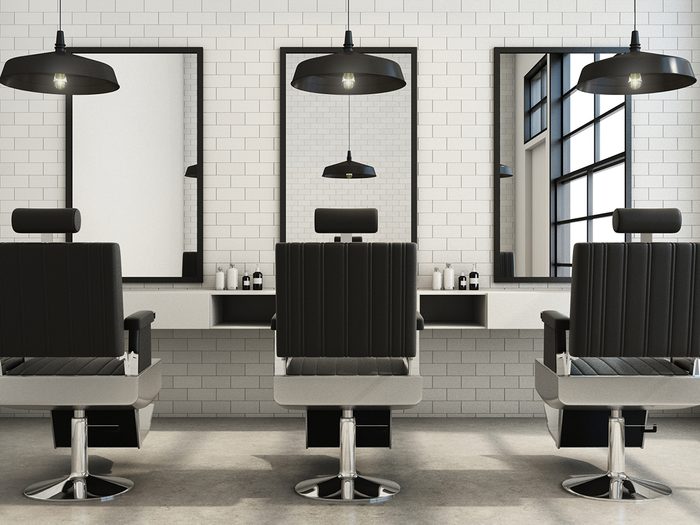
Most important matters first: Why are hair salons open in some cities and not others, even though the percentage of Covid-19 cases may be the same?
Hair services are opening in Boston on May 25! Just hair, no facial stuff, and there are even restrictions on what they can do. The protocol summary says services are limited to haircuts, hair colour, and blow dries. Non-hair services, like eyebrows and lip waxing, are still not permitted.
It comes down to the distancing concerns. In hair salons, you can’t stand 6 feet apart. Different places have a different level of concern in terms of the closeness of the interaction.
(Getting anxious for hair salons to open? Here’s how to trim your hair and dye your roots at home.)
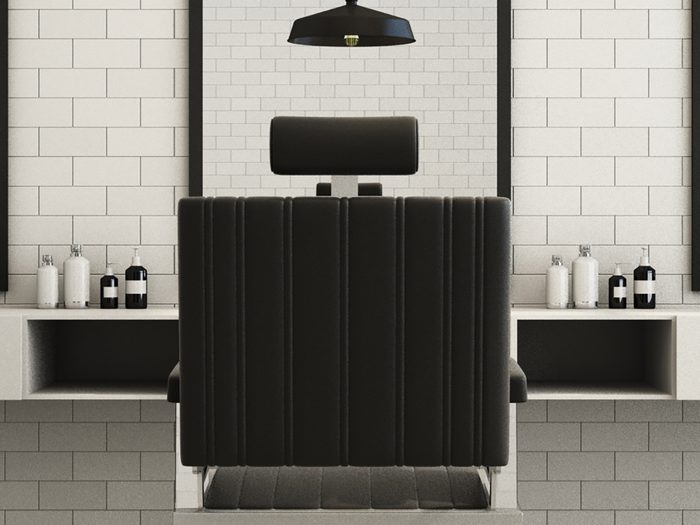
Do you think stores are safer than hair salons?
In a hair salon, you could you have a little more control, to a degree, since there are appointments scheduled. This works well in terms of cleaning protocols in between appointments. The spacing of people make it a little easier. In a retail shop, you have to think about controlling the number of people, the closeness of individuals in the store together. So, in some way, places that do appointment-like work, like a hair salon or a restaurant, might have a little more control over the number of people inside at any one time than in a store.
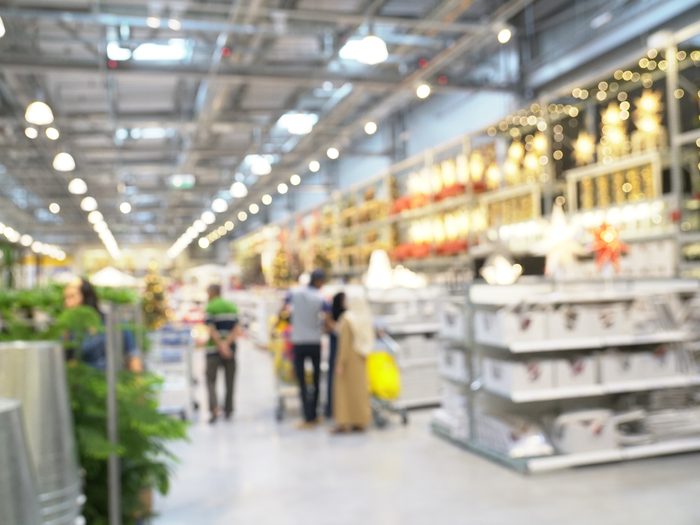
What are the best practices for business owners to keep their staff and customers safe?
The entire premise is trying to maintain adequate social distancing. The idea is that with normal speaking and normal interactions, even if someone is six feet away and they have the virus, they’re unlikely to transmit it through the air at that distance. On top of that, you add masks on both people in the conversation, and that adds another layer of protection. For the areas where you can’t be more than 6 feet apart, like for a transaction at the register, then having an additional layer, like a Plexiglas, or some other find of physical barrier in between, can reduce the risk that somebody could transmit the virus.
Anyone coming into a store and anyone working in a store should wear a mask, and every day the staff should attest they have no symptoms. Some places do temperature checks. The validity of that is unclear because people could have COVID and not have a fever. There are a significant number of people who are asymptomatic who can still transmit the virus.
Having contactless payments, like credit cards, that don’t involve handing each other money and cash and having good disinfecting and cleaning protocols are also important. So wiping down the door handles or leaving doors potentially propped open, if weather permitting and if possible, so people don’t have to feel like they have to touch the door every time. And, hand sanitizer should be at the door so people can put it on when they enter and before they leave.
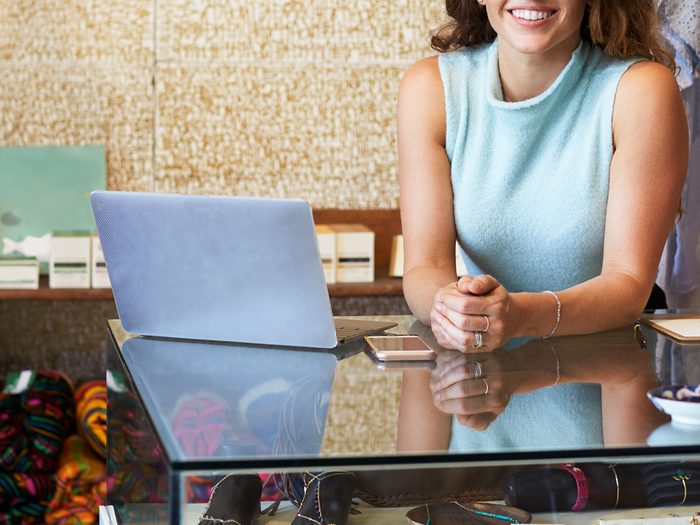
Since the virus can be transmitted through the air, is talking in a public space frowned upon?
There’s a balance between trying to get back to normal social etiquettes and interactions and making someone else potentially feel uncomfortable by a prolonged interaction. If you’re in a retail shop and you have a question about a piece of merchandise, it’s reasonable for you to ask a question, at a respectable distance. The biggest thing is trying to respect everybody’s concerns and at the same time trying to get back to some semblance of normal life and maintain everybody’s health and safety.
It’s perfectly reasonable to talk and interact. Just make sure you not only have a mask on, but that it’s on properly. Masks are only as good as how they wear them. I’ve seen some people wear a mask but it’s under their nose, so their nose isn’t covered.
Just be mindful and take cues from the other person in terms of their look of concern. Don’t drag out conversations unnecessarily.
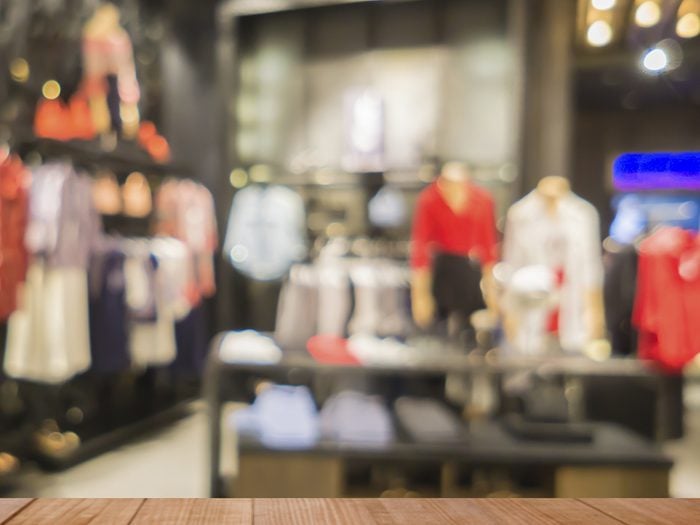
Are we allowed to touch items we’re interested in buying in stores?
My senses for the near term, is that trying on pieces, putting them over your head, is not going to be allowed. After anyone were to try on a piece of clothing, jewellery or whatever, there would have to be some kind of a cleaning protocol. We don’t know how long the virus might last on different surfaces or articles of clothing, there are some studies and evidence but it is still unclear, so I believe trying items on will be limited for the near future. So, people will need to buy items, try them on at home, and if they don’t fit, return them at a later date. Businesses will need to establish a cleaning protocol for restocking returns.
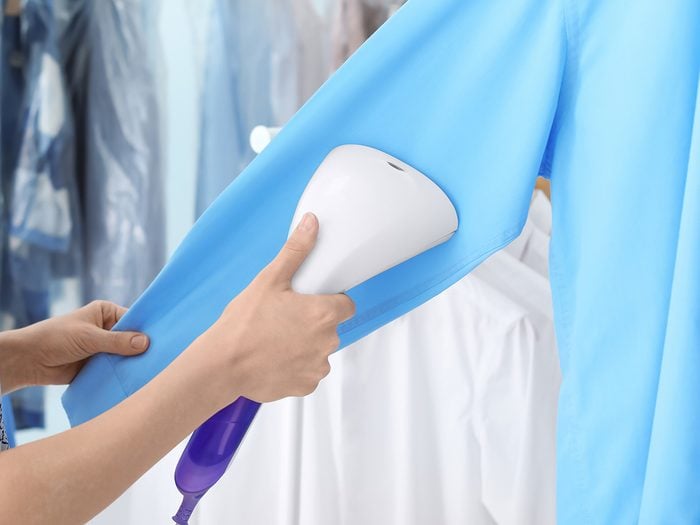
I heard some stores will be steaming clothes after they’re tried on. Does steam kill the virus?
The general guidance is washing things in hot water with soap. Soap and water, and heat or humidity tends to inactivate the virus. So, steaming clothes may work, it certainly doesn’t hurt and would probably reassure people, but there aren’t studies yet that prove this.
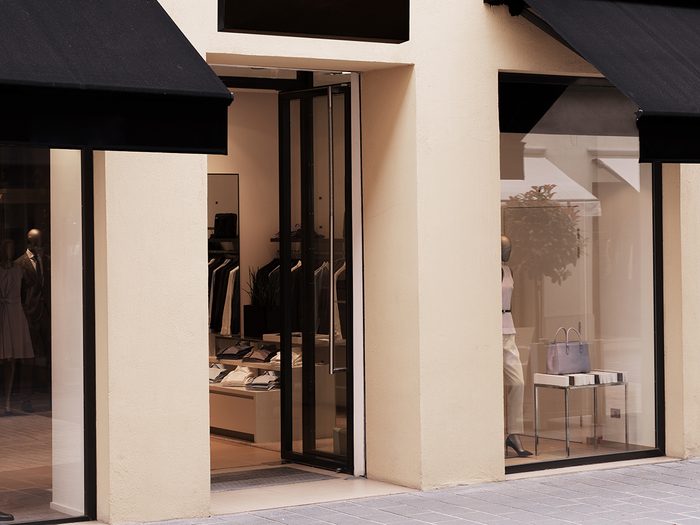
Why are stores with street entrances opening up before stores inside of malls?
There’s a belief that the virus is less transmitted outdoors than in an enclosed environment. There’s some concern that it can be transmitted through air-conditioning systems or re-circulated air, whether on planes or in a smaller location. It comes down to ventilation. The more ventilation you have, the more open and big the space is, the better.
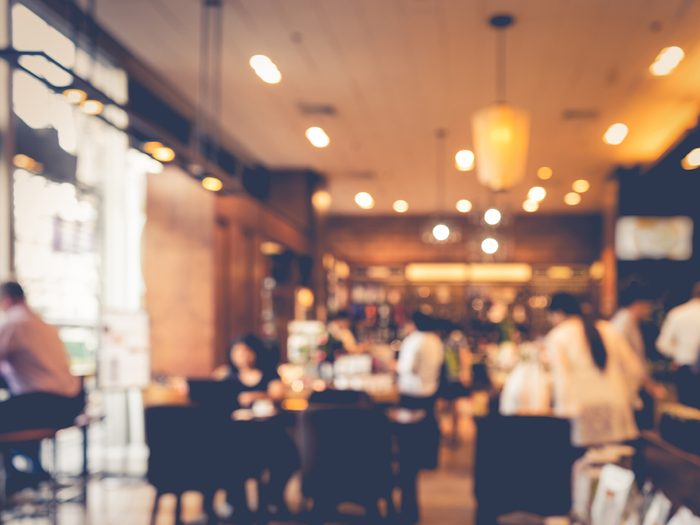
If social distancing is the number one concern, how will offices and restaurants reopen, many of which are unable to have people six feet apart?
Offices are going to be opening in some level over the next few weeks, based on location. Most of them are opening at lower capacity, around 25 percent normal capacity, which is the same for other businesses, like hair salons and restaurants. The general idea is that they start opening at 25 percent, then 50 percent, and see how that goes.
For office spaces, the key is ensuring there are at least six feet between desks, and everyone’s wearing masks. Offices will likely have to be reconfigured so people are not interacting with each other in a close environment. Habits will also have to change—instead of walking to each other’s desk for a chat, you’ll call. Instead of a meeting room, you’ll continue with Zoom meetings. This is all to avoid people coming into more direct contact with each other.
You’ll also want to make sure only one or two are in the elevator, depending on the size. It’s a good opportunity for people to use the stairs!
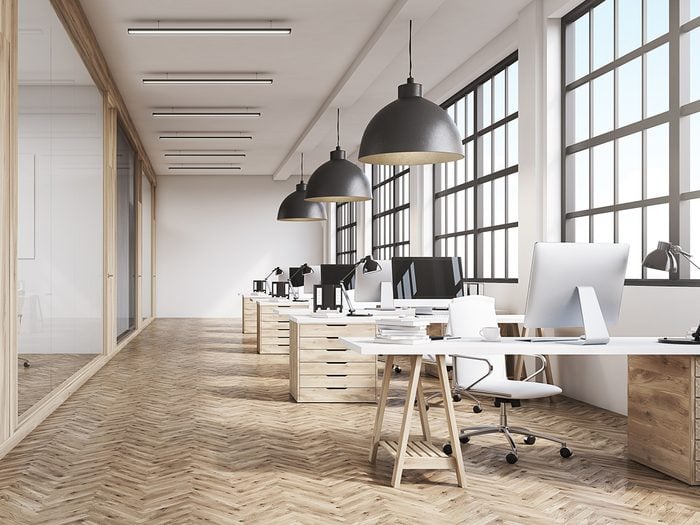
Will companies be staggering business hours?
Businesses are reopening by staggering hours, having some employees come in for an early shift, some a later shift. That may be nice for a lot of employees who may have childcare issues.
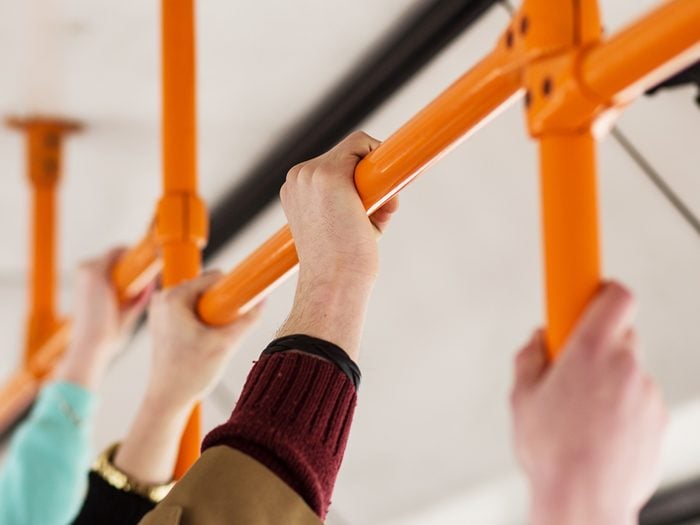
Is there anyone, aside from those with Covid, who should refrain from going to these places for a while longer? Like those who need public transportation to get there?
If you’re wearing a mask, use hand sanitizer, perhaps wear gloves, and wash your hands frequently, you should be fine. Go off-hours and be as cautious as you can. Many modes of public transportation are staggering seats to make the commute safer.
To determine if it’s safe for you to go, you need to understand your own health risks. Are you in a higher risk category? If you can work from home, you should consider doing so for now.
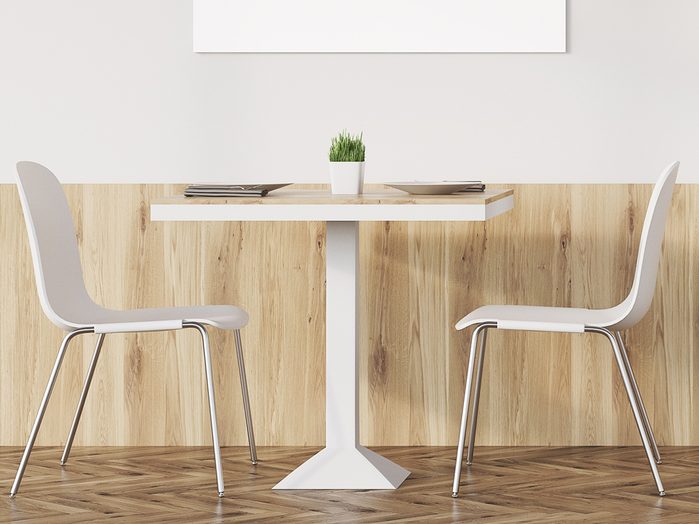
Is it safe to use the kitchen and lunchroom at work?
I would recommend eating food that is pre-packaged, and using bottled water, not the water cooler or coffee machine. Of course, it depends on how many people are in the office—if there are only three or four, and everyone is taking the right precautions and wiping down the machines, you should be fine.
This interview has been edited and condensed.
Next, learn the best ways to respond to everyone during the pandemic.
